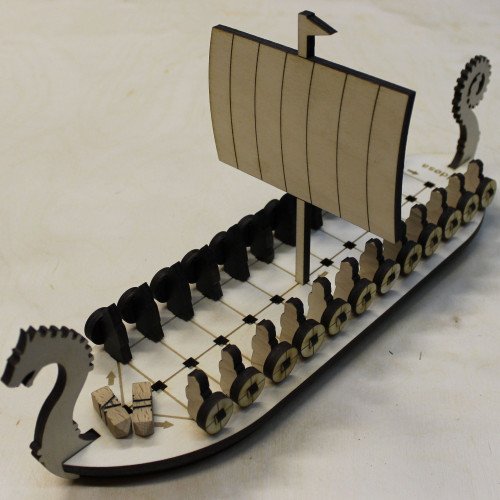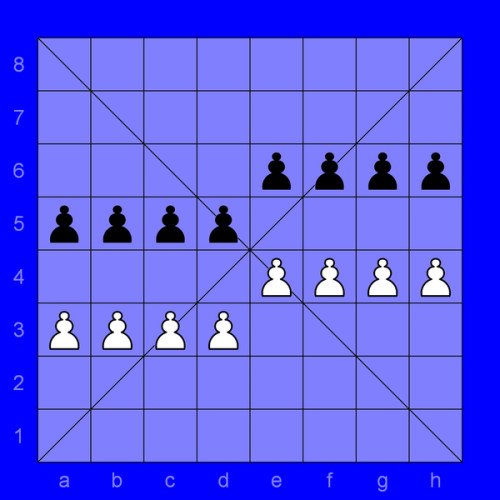DALDØS VS SITTUYIN

DALDØS
Daldøs is a running-fight board game only known from a few coastal locations in southern Scandinavia, where its history can be traced back to around 1800. The game is notable for its unusual four-sided dice (stick or long dice). In Denmark it is known as daldøs in Northern and Western Jutland (Mors, Thisted and Fanø), and possibly as daldos on Bornholm. In Norway it is known under the name of daldøsa from Jæren, where, unlike in Denmark, a continuous tradition of the daldøs game exists. Daldøs has much in common with some games in the sáhkku family of Sámi board games. Sáhkku is known to have been played among Sámi on the northern coast and eastern-central inland of Sápmi, far away from Jæren and Denmark. Otherwise, the closest relatives of this game appear to be the tâb games from Northern Africa and South-western Asia, possibly apart from one unlabelled diagram in a codex from Southern England. The board is boat-shaped and has three parallel rows of holes, two of which (A and B) have 16 holes each, while the middle row has an extra hole in the prow of the ship. Each player has 16 spatula-shaped pieces with a bottom end fitting into the holes of the board. One player has pieces that are rather wide and thin; whereas the other player's pieces are more obelisk-shaped. At the beginning of the game, player A's pieces are placed in the holes of row A so that the spatulas are perpendicular to the row (un-dalled), and equivalently for player B. Later in the game, the pieces will be turned (fordallede, or dalled) so that the spatula is parallel to the rows. Two special dice are used. Each die is a four-sided long die with pyramidal or rounded ends, preventing the die from standing on end. They may be about 2 by 2 cm in cross section, and 4 cm long. The four sides are marked A (with the value 1, called dallen, i.e. the dal), II (2, probably called døs), III (3) and IIII (4). According to some sources, the dal is opposite to III.
Statistics for this Xoptio

SITTUYIN
Sittuyin (Burmese: စစ်တုရင်), also known as Burmese chess, is a variant of chess that is a direct offspring of the Indian game of chaturanga which arrived in 8th century AD. Sit is the modern Burmese word for army or war ; the word sittuyin can be translated as representation of the four characteristics of army—chariot, elephant, cavalry and infantry. In its native land the game has been largely overshadowed by Western (international) chess, although it remains popular in the northwest regions. The sittuyin board consists of 64 squares, 8 rows and 8 columns, without alternating colors. It also consists of two diagonal lines across the board known as sit-ke-myin (general's lines). Only feudal lords (pawns) are on the board in the initial position. The game starts with the Red player (depicted here having white pieces), followed by the Black player, placing their other pieces arbitrarily on their own halves of the board (known as sit-tee or troops deployment): chariots can be put on any square on the back rank. In official tournaments, a small curtain is used on the middle of the board to prevent the players seeing each other's deployment during the sit-tee phase. One of the possible game openings is shown in the diagram. Feudal lords promote to general when they reach diagonal lines marked on the board. The promotion is possible only if that player's general has been captured. If the player has a feudal lord on a promotion square and his or her general is no longer on the board, the player can (if he or she wishes to) promote the feudal lord to general instead of making a move. A feudal lord which passes the promotion square cannot promote anymore.